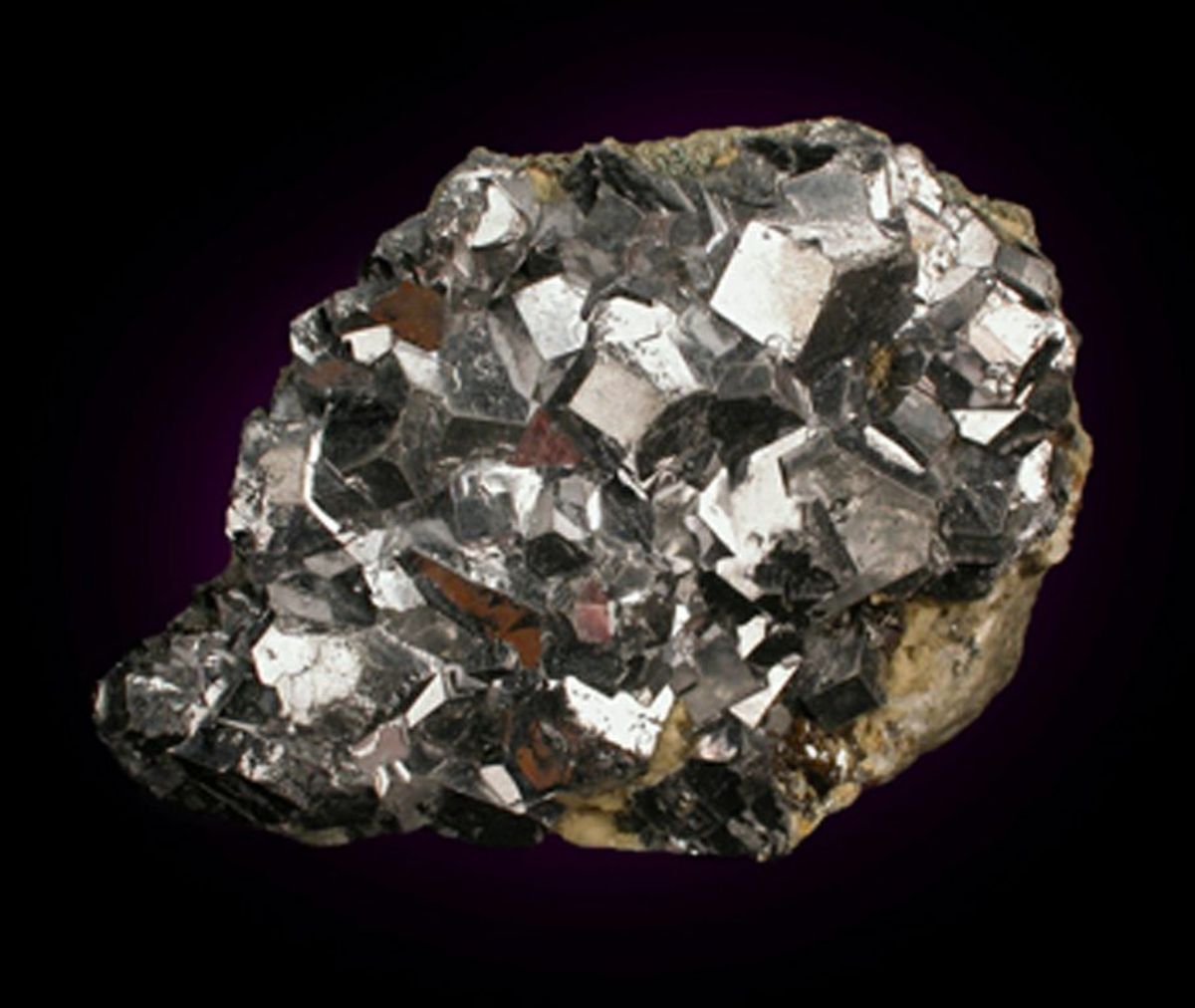Diamonds Unearthed: Exploring the Mineral Class of the World's Hardest Gem
Diamonds, the world's hardest natural substance, have captivated humanity for centuries with their unrivaled brilliance and strength. But what mineral class does this precious gem belong to? This question may seem simple, but the answer is a fascinating journey into the world of mineralogy and geology. In this blog post, we will delve into the mineral class of diamonds, exploring their formation, properties, and the unique characteristics that set them apart.
The Mineral Class of Diamonds: Native Elements
Diamonds belong to the mineral class known as Native Elements. This class comprises minerals that are composed of a single element. In the case of diamonds, that element is carbon (C). The unique arrangement of carbon atoms in a diamond's structure is what gives it its exceptional hardness and brilliance.
Formation and Properties
Diamonds form deep within the Earth's mantle, under conditions of extreme heat and pressure. The carbon atoms bond together in a crystal lattice structure, creating a mineral that is incredibly hard, transparent, and has a high refractive index. This refractive index, or the ability of a substance to bend light, is what gives diamonds their famous sparkle.
Diamonds are the hardest known natural substance, ranking a 10 on the Mohs scale of mineral hardness. This hardness, combined with their exceptional luster and brilliance, makes diamonds highly prized for use in jewelry.
Diamonds and Carbon Allotropes
Diamonds are one of the allotropes of carbon, which means they are one of the different forms in which carbon can exist. Other carbon allotropes include graphite and fullerenes. Despite being composed of the same element, these allotropes have vastly different properties due to the different ways their atoms are arranged.
For example, while diamonds are incredibly hard, graphite is soft and used in pencils. This difference is due to the fact that in graphite, the carbon atoms are arranged in layers, which can easily slide over each other. In contrast, in diamonds, the carbon atoms are tightly bonded in a three-dimensional network, making them extremely hard and durable.
The Rarity and Value of Diamonds
Diamonds are not only prized for their beauty but also for their rarity. The specific conditions required for diamond formation mean that they are not commonly found. Most diamonds are mined in Africa, Russia, and Canada, but they can be found in smaller quantities all over the world.
The value of a diamond is determined by the Four Cs: Carat (weight), Cut, Color, and Clarity. These factors, along with the diamond's overall quality and rarity, determine its market price.
Conclusion
In conclusion, diamonds belong to the mineral class of Native Elements and are one of the allotropes of carbon. Their unique formation process and properties make them one of the most valued and sought-after gems in the world. Understanding the mineral class of diamonds provides a deeper appreciation for these stunning gems and the incredible geological processes that create them.

Post Comment